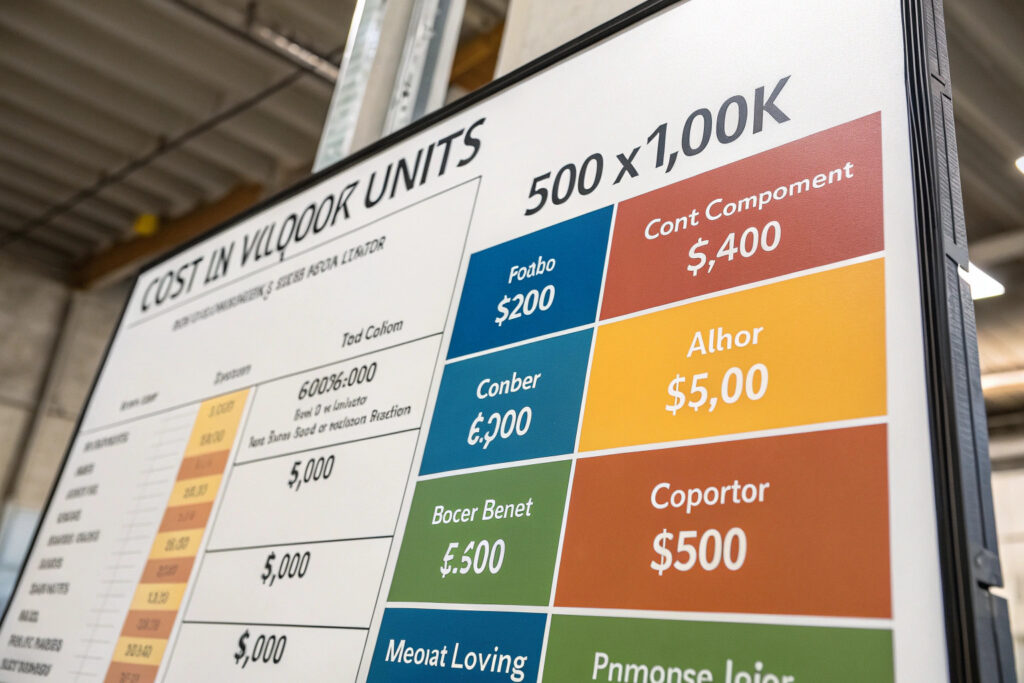Understanding price breaks between 50,000 and 100,000 unit orders is crucial for strategic sourcing decisions in fabric mask production. The cost difference between these volume thresholds isn't merely linear—it represents fundamental shifts in manufacturing economics, material purchasing power, and production efficiency that can dramatically impact your per-unit costs and overall profitability.
Price breaks between 50,000 and 100,000 unit fabric mask orders typically range from 18-32% reduction in per-unit costs, with the most significant savings occurring in materials purchasing (15-25% discount), labor efficiency (8-15% improvement), and overhead allocation (30-40% reduction per unit). The exact savings depend on mask complexity, materials used, and manufacturer capabilities.
The economic advantage at 100,000 units comes from manufacturers achieving true economies of scale where fixed costs are spread across more units, material purchases qualify for bulk pricing tiers, and production lines can operate at optimal efficiency without changeovers. Let's examine the specific cost components that drive these significant price reductions and how to calculate your potential savings.
What Material Cost Differences Exist Between These Volume Tiers?
Material costs typically see the most dramatic reductions between 50,000 and 100,000 units due to bulk purchasing advantages.
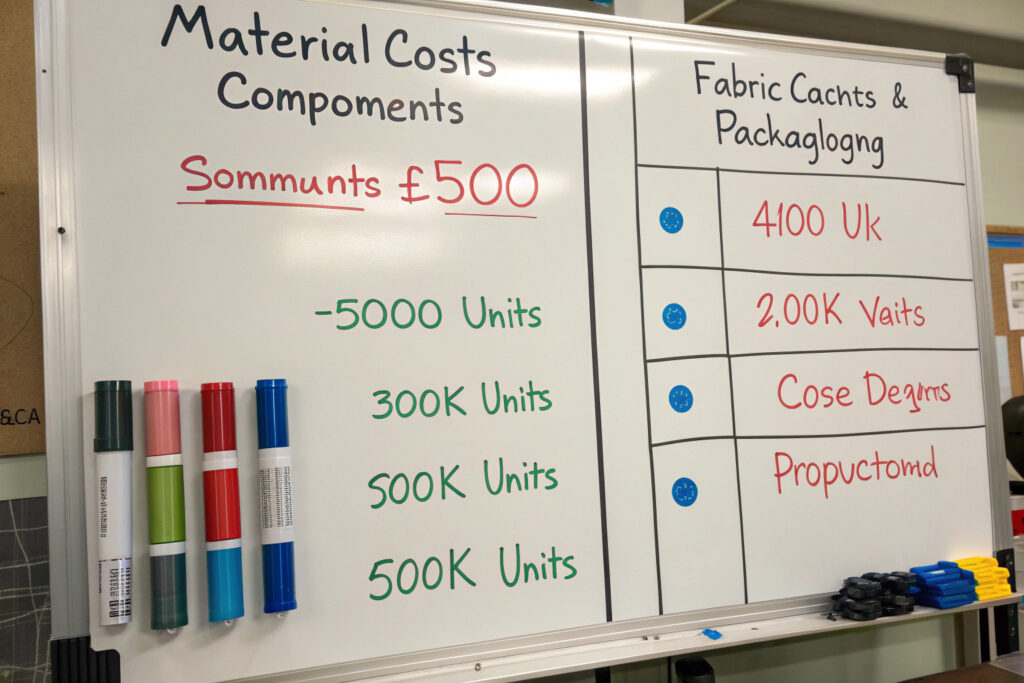
How do fabric costs decrease at higher volumes?
At 50,000 units, manufacturers typically purchase fabric at the middle bulk tier, paying approximately 10-18% more per meter than at 100,000 unit volumes where they qualify for maximum bulk pricing. For example, 65/35 polyester-cotton blend fabric might cost $1.85-2.10 per meter at 50,000 units but drop to $1.55-1.75 per meter at 100,000 units. This 15-20% fabric cost reduction typically translates to 8-12% lower per-mask costs since fabric represents 45-60% of total mask cost.
What about component and packaging savings?
Standard components like nose wires, elastics, and filters see 12-20% price reductions at 100,000 units, while custom components experience even greater savings (18-30%) due to reduced setup costs amortized across more units. Packaging materials typically see 15-25% reductions as manufacturers order full truckloads rather than partial shipments. Our cost analysis shows that material savings alone account for 55-65% of the total price difference between 50,000 and 100,000 unit orders.
How Does Labor Efficiency Improve at Higher Volumes?
Labor costs decrease disproportionately as production volumes increase due to optimized workflows and reduced changeover time.
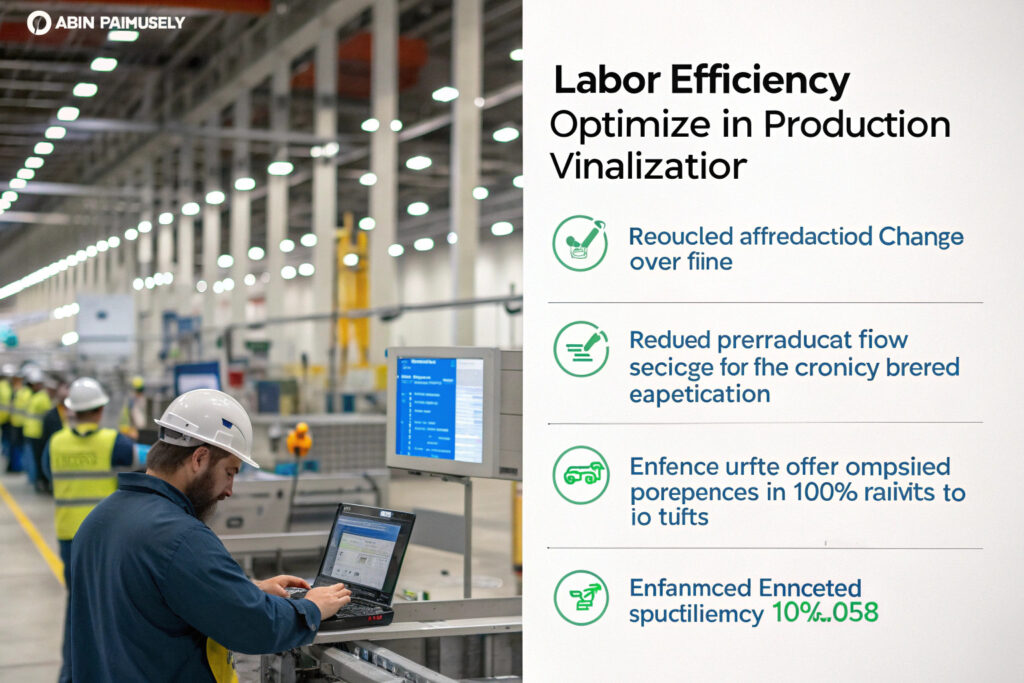
Why does per-unit labor cost decrease significantly?
At 50,000 units, production typically requires multiple shorter runs with changeover time between batches, while 100,000 units enable continuous production with optimized line balancing. This reduces per-unit labor time by 20-30% as operators develop muscle memory and workflows become streamlined. For a basic pleated mask, sewing time might decrease from 2.8 minutes per mask at 50,000 units to 2.1-2.3 minutes at 100,000 units—a 20-25% labor efficiency improvement.
How does operator specialization impact costs?
At 100,000 units, manufacturers can implement task specialization where operators focus on specific sewing operations rather than completing entire masks. This specialization increases speed and reduces errors, typically improving quality rates from 92-94% to 96-98%. The reduction in rework and quality issues saves an additional 3-5% in effective labor costs. Our production data shows labor costs decrease from $0.38-0.45 per mask at 50,000 units to $0.28-0.35 at 100,000 units.
What Overhead and Operational Efficiencies Are Achieved?
Fixed costs spread across more units create significant per-unit savings that dramatically impact total pricing.
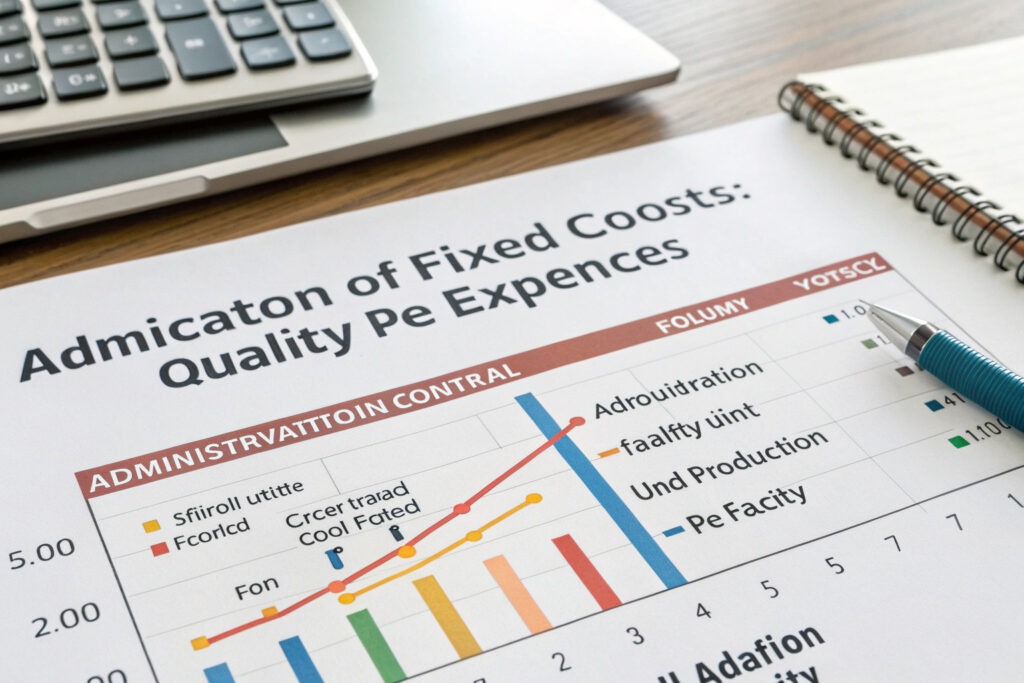
How does overhead allocation change?
Fixed manufacturing overhead including administration, quality management, facility costs, and utilities represents approximately 15-20% of mask cost at 50,000 units but decreases to 9-12% at 100,000 units. This 30-40% reduction in overhead allocation per unit occurs because these costs remain relatively fixed while being spread across twice as many units. Our overhead allocation decreases from approximately $0.22-0.28 per mask at 50,000 units to $0.14-0.18 at 100,000 units.
What about tooling and setup cost amortization?
Custom tooling and pattern costs are amortized across the entire production run. At 100,000 units, this represents a 50% reduction in per-unit tooling cost compared to 50,000 units. For masks requiring specialized cutting dies or custom components, this can mean savings of $0.03-0.07 per mask. Additionally, production setup time—which can consume 8-16 hours—is allocated across twice as many units, reducing its per-unit impact by 50%.
What Do Actual Price Comparisons Look Like?
Concrete examples illustrate the significant pricing differences between these volume thresholds.

What are typical prices for basic pleated masks?
A basic 3-layer pleated mask using 65/35 polyester-cotton blend might cost $1.45-1.65 per unit at 50,000 pieces but drop to $1.05-1.25 per unit at 100,000 pieces—representing 22-28% savings. The price difference becomes more dramatic with customizations: a contoured mask with filter pocket and adjustable earsavers might decrease from $2.25-2.65 at 50,000 units to $1.65-1.95 at 100,000 units (25-32% reduction).
How do complex designs compare?
Technical masks with specialized materials demonstrate even greater percentage savings. A performance mask with moisture-wicking interior, antimicrobial treatment, and structured design might cost $3.25-3.85 at 50,000 units but drop to $2.35-2.85 at 100,000 units—savings of 26-32%. The higher initial cost of these designs means the absolute dollar savings are more significant, often $0.80-1.10 per mask.
What Strategic Considerations Should Influence Your Decision?
Choosing between 50,000 and 100,000 units involves more than just per-unit cost calculations.
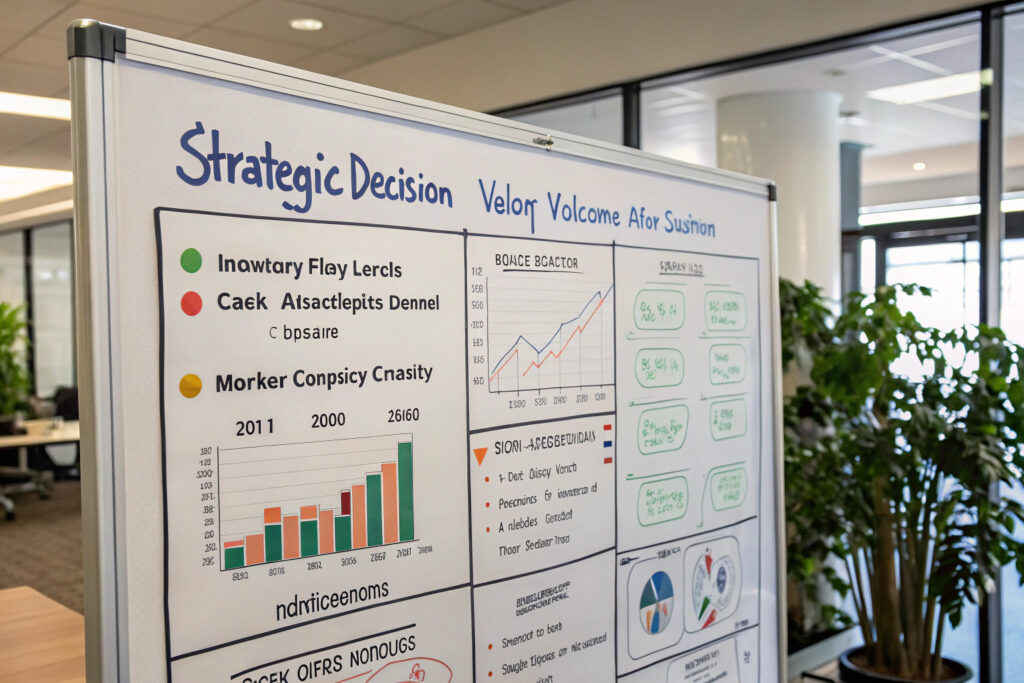
How should inventory carrying costs factor into your decision?
The significant per-unit savings at 100,000 units must be balanced against increased inventory carrying costs, which typically run 20-30% of inventory value annually. For a $120,000 order (100,000 units at $1.20), carrying costs might be $24,000-36,000 annually versus $21,000-31,500 for a $105,000 order (50,000 units at $2.10). The inventory cost difference often erodes 25-40% of the apparent per-unit savings unless you have confirmed demand.
What about payment terms and cash flow?
Manufacturers typically offer better payment terms at higher volumes, often 30% deposit with balance against shipping copy at 50,000 units versus 20% deposit with 60-90 day terms after shipment at 100,000 units. This improved cash flow can offset the higher total order value. Our clients ordering 100,000 units typically receive 60-day payment terms that significantly improve their cash flow compared to the immediate payment required for smaller orders.
Conclusion
The price breaks between 50,000 and 100,000 unit fabric mask orders typically range from 18-32%, with the most significant savings coming from material bulk purchasing (15-25% reduction), labor efficiency improvements (20-30% faster production), and overhead allocation (30-40% reduction per unit). While the per-unit cost savings are substantial, the decision to move to higher volumes should consider inventory carrying costs, payment terms, storage capacity, and market demand certainty.
For established products with predictable demand, the 100,000 unit threshold typically offers compelling economics that justify the larger inventory commitment. For newer products or uncertain markets, the flexibility of 50,000 units may outweigh the per-unit cost advantage despite the higher price point.
Ready to get detailed pricing for your specific mask designs at both 50,000 and 100,000 unit volumes? Contact our Business Director, Elaine, at elaine@fumaoclothing.com to receive a comprehensive cost analysis showing exactly where your savings would occur and help determining which volume level makes the most sense for your business situation.

